For me, one of the perfect places to relax in any season is the Volkspark Jungfernheide in Siemensstadt. Not only do you find quiet corners here, but the experience factor is also taken care of.
The Volkspark Jungfernheide stretches between the Hohenzollern Canal, the city motorway, Heckerdamm and Jungfernheideweg. If you walk along the outermost circular path, you will have covered almost 5 kilometres.


Plan der Freilichtbühne aus einer Schautafel im Volkspark Jungfernheide
Volkspark Jungfernheide – the genesis
In 1904, the city of Charlottenburg acquired the site from the Prussian state and planned to create a city park here.
The horticultural director Erwin Barth was commissioned with the planning, which could then only be implemented in 1920. Thanks to the emergency program to eliminate unemployment, about 100 workers were able to carry out the first works.
The construction of sports fields, an open-air swimming pool, children’s playgrounds, children’s recreation and a water tower were planned. An open-air theatre with 2000 seats was also planned. This was completed in 1925 and named after the then Lord Mayor Gustav Böß.
The entire park was not completed until 1927. The planned water tower was built, but it was smaller than in the original plan and the coffee house was not opened there.

One attraction were two bear sculptures made of shell limestone, which stood at the south-eastern main entrance, forming a visual axis to the water tower.

In 1925, a grove of honour for Low Germans who died in the First World War was inaugurated.
In 1931, black and fallow deer were able to move into their enclosures.
What became of the Volkspark Jungfernheide after 1945?
Unfortunately, many areas of the park were destroyed during the Second World War.
With the reconstruction of the city came further destruction. The expansion of the Kurt-Schuhmacher-Damm and the city motorway destroyed the historic main entrance and eastern parts of the park. Entrances at Heckerdamm and Jungfernheideweg were built as replacements according to historical models. The former main entrance in the south-eastern corner of the park was transformed into a small square.
One of the bear sculptures at the bear square disappeared during this time.
The war memorial grove was destroyed during the widening of the Kurt-Schuhmacher-Damm.
Jungfernheide Park today
The basic structure of the park is still intact. If you enter the park from Jungfernheideweg, you walk towards the Jungfernheide lido. In summer, it’s not just the people of Siemensstadt who flock here; the baths are very popular with many Berliners. There is a wide sandy beach and you can always find a shady spot on the well-kept lawns. In addition to beach volleyball, the operator has added a small water-skiing track and, as an event location, concerts and a yoga festival have already taken place here.
If you follow the path clockwise through the park, you will first pass some sports fields. If you do not immediately continue along the path around the Jungfernheide pond, but walk a little further straight ahead, you will pass an “animal” exhibition. Directly at the fence of the grounds of the horticultural office are artistically designed wooden figures, which are extended by new figures every year.
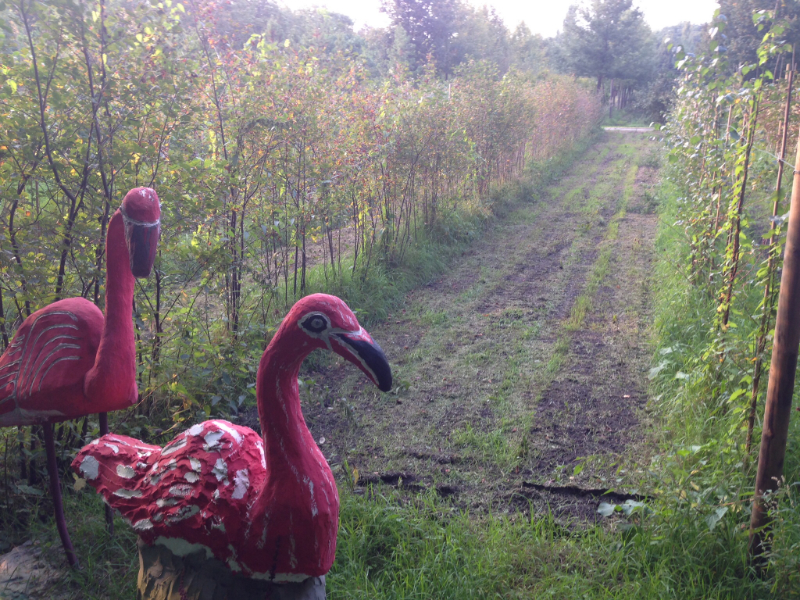
Walking along the small lake, you come to a large green area and have a wonderful view of the water tower. The green area is one of the meeting places for families and sun-seekers in summer. There is access to the lake, but bathing is prohibited at this point!
The wild animal enclosure was initially relocated in 1990. The wild boars and the red deer moved into new quarters behind the water tower. The old enclosure has been turned into a 5500 m2 dog exercise area. Dog owners like to use it, as leashes are not allowed in the park. Unfortunately, the new animal enclosures were dissolved in 2013 and the animals moved to Brandenburg. But if you want to see wild boars today, you only need to walk through the park at dusk and sometimes you will find them in the undergrowth.

Since the summer of 2010, Volkspark Jungfernheide has had one more attraction. A high ropes course attracts many visitors who experience unforgettable moments in the lofty heights. Shortly after the opening, the operators put the area around the water tower to the use intended by the planner. Here you can now get your coffee or enjoy the sun in deckchairs with a cool drink.
In winter, it’s simply beautiful in the park. When there’s snow and you walk along the pond, it’s pure relaxation for me.
What else has become of the original buildings in Volkspark Jungfernheide?
The recreation centre for children no longer exists. In autumn 2018, the old buildings were demolished, and in autumn 2019, a kindergarten will be built here in new buildings.
The open-air stage was still in use for a long time. Music and cultural events were offered here. In the meantime, the facility is falling into disrepair; the restoration costs are simply too high. At least part of the site is now used by the self-service restaurant of the Kulturbiergarten. We have often ended the day here with a cool beer.

We were particularly pleased that the two bear sculptures are back in place today. After fragments of the figures were discovered in a day-care centre, copies were created with the help of funding and the original plans.
Jogging in Jungfernheide Park
The Volkspark Jungfernheide is a great place for jogging. We regularly do our rounds here and I would like to introduce one route here.
Click on the button to load the content from www.komoot.de.
Have fun jogging or walking through the park!



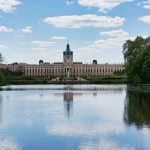






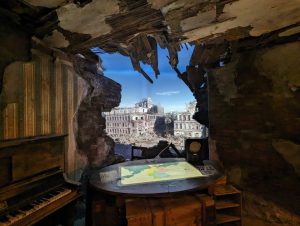






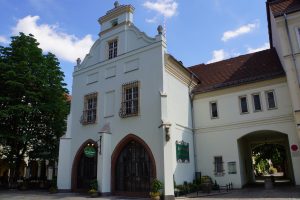

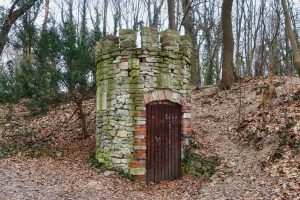
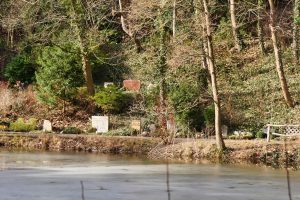
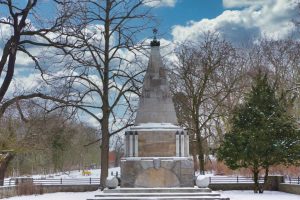





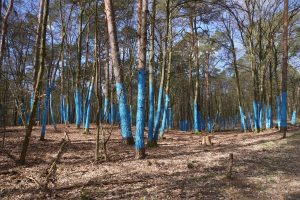




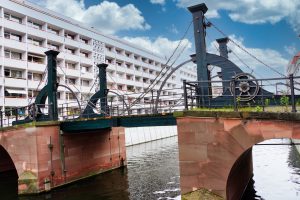
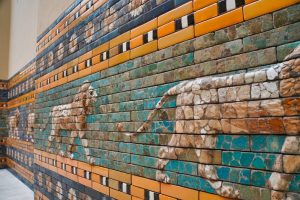



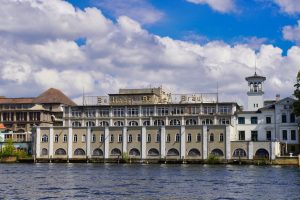









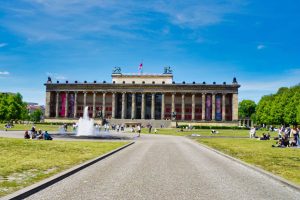





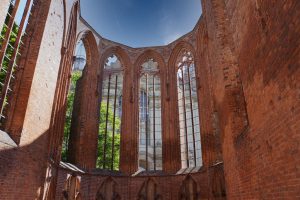

























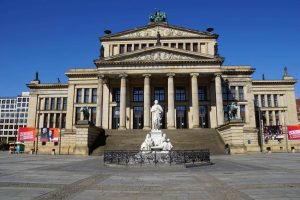







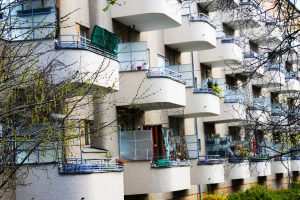





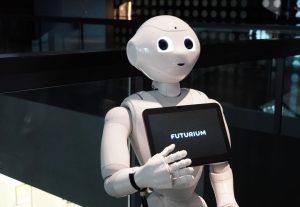




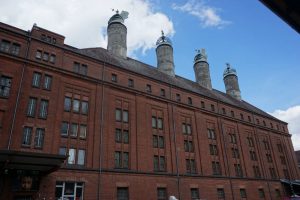




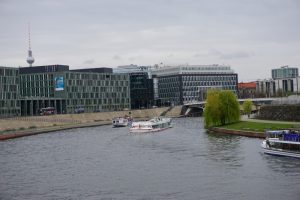
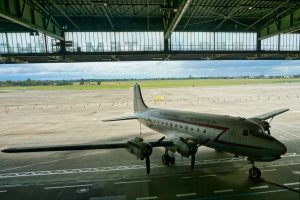








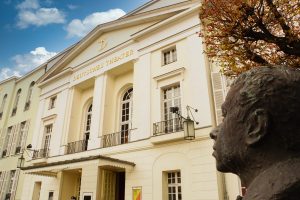


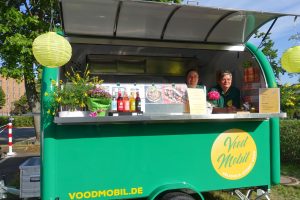















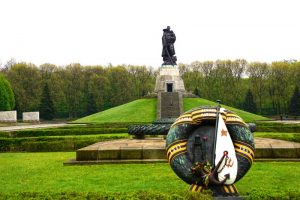














Leave a Reply